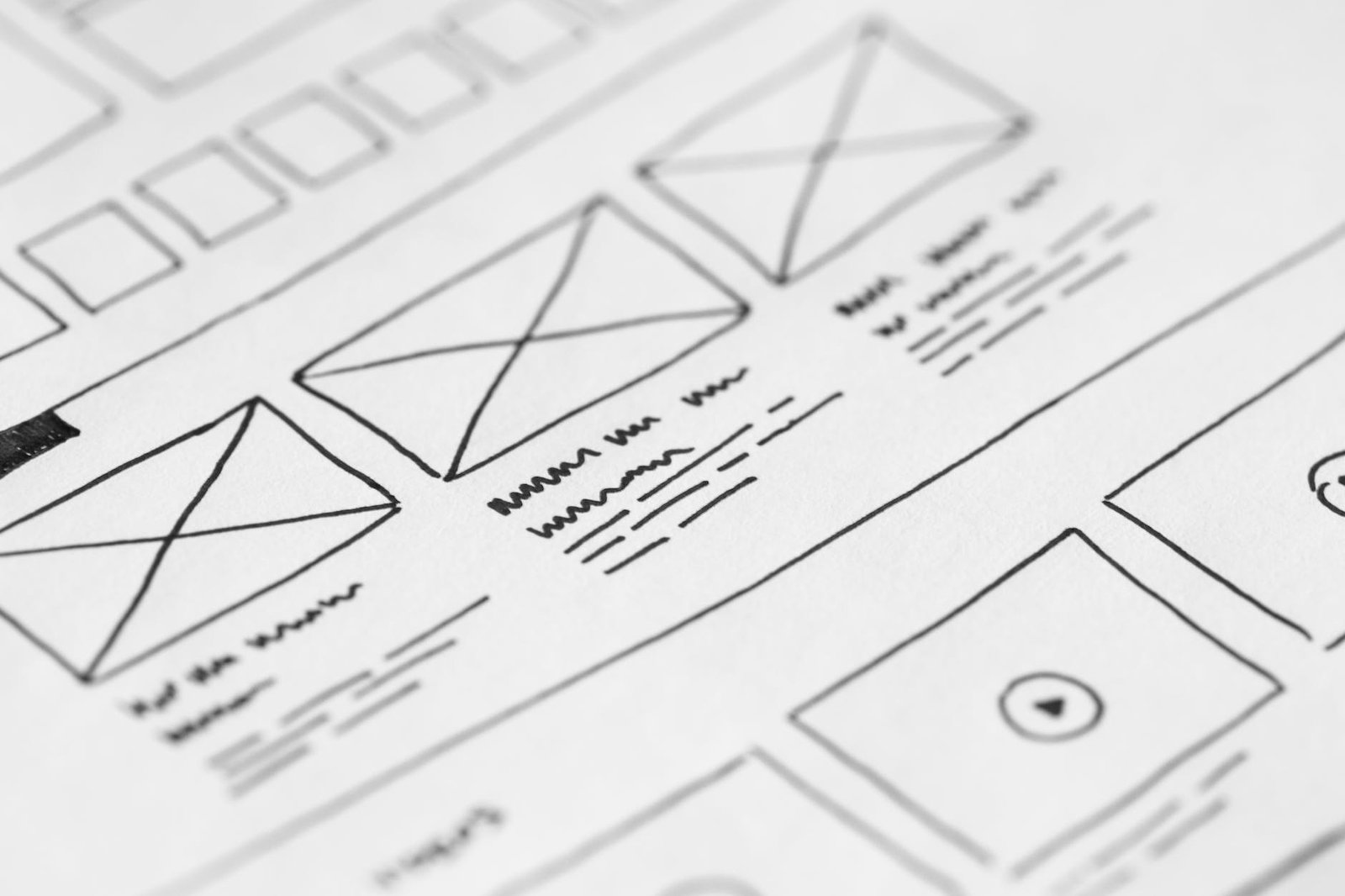
In the world of web design, one of the most important factors to consider is user experience (UX). UX design is all about creating a website that is easy to use, visually appealing, and meets the needs of its users. When done correctly, UX design can lead to higher engagement, better conversion rates, and increased customer satisfaction. In this article, we will explore the basics of UX design and provide tips on how to improve your website’s user experience.
What is UX Design?
UX design is the process of designing a website with the user in mind. It involves creating a website that is easy to use, visually appealing and meets the needs of its users. UX design can have a significant impact on a website’s success. In fact, studies have shown that a well-designed user experience can increase conversion rates by up to 400%.
Why is UX Design Important?
UX design is essential for any website because it helps to improve the user experience. When users are satisfied with the website, they are more likely to engage with the content, make a purchase, or take some other desired action. Additionally, a positive user experience can help to build trust and credibility with your audience.
Tips for Improving Your Website’s User Experience
- Use Clear Navigation: Your website’s navigation should be easy to use and understand. Use clear labels and organise your pages in a logical order.
- Simplify Your Design: A cluttered website can be overwhelming for users. Simplify your design by using white space and limiting the number of elements on each page.
- Use Consistent Branding: Use consistent branding throughout your website to create a cohesive experience for your users. This includes using the same fonts, colours, and imagery.
- Optimise for Mobile: More than half of all internet traffic comes from mobile devices. Make sure your website is mobile-friendly and optimised for smaller screens.
- Focus on Load Times: Slow load times can be frustrating for users and can lead to high bounce rates. Optimise your website’s load times by minimising file sizes and using a content delivery network (CDN).
- Test Your Website: Regularly test your website to ensure that it is functioning properly and providing a positive user experience. This includes testing links, forms, and page load times.
Conclusion
UX design is a critical component of any successful website. By following these tips, you can improve your website’s user experience and increase engagement, conversions, and customer satisfaction. Remember, a positive user experience can help to build trust and credibility with your audience, which can lead to long-term success for your business.
FAQs
Creating a responsive website design involves using flexible layouts, fluid images, and media queries to adjust the layout and content based on the user’s screen size. It is important to ensure that the website is accessible and easy to use on desktop, mobile, and tablet devices.
Conducting user research, analysing user feedback, and reviewing website analytics can help identify areas for improvement in a website’s UX design. It is important to understand how users navigate through the site, what content they engage with, and what obstacles they encounter.
Incorporating user feedback can involve conducting user testing, analyzing user behavior through website analytics, and incorporating feedback and suggestions through user surveys and reviews. It is important to take user feedback into consideration when making decisions about website design and functionality.
Optimising website navigation can involve simplifying the menu structure, incorporating breadcrumbs, and including search functionality. It is important to make it easy for users to find what they are looking for quickly and efficiently.
A/B testing involves creating two versions of a website or webpage and testing them against each other to see which performs better. This can be used to test different layouts, colors, call-to-action buttons, and other design elements to see which has a better impact on user engagement and conversion rate.
Some accessibility considerations include incorporating alt text for images, ensuring that the website is keyboard navigable, providing captions for videos, and using high-contrast colours for text and backgrounds. It is important to ensure that the website is accessible to users with disabilities.
Some best practices for improving the visual appeal of a website include using consistent branding and colour schemes, creating visually appealing and easy-to-read typography, utilising whitespace effectively, and incorporating high-quality images and videos.
Common usability issues include slow load times, confusing navigation, cluttered layouts, broken links, and poorly designed forms or checkout processes.
Some key metrics to track include bounce rate, time on site, conversion rate, and user engagement. It is important to monitor these metrics regularly to identify areas for improvement and track the impact of UX design changes on website performance.
UX design is the process of enhancing the user experience of a website by improving its usability, accessibility, and visual appeal. It is important because it directly affects how users perceive and interact with a website, which can impact their satisfaction, engagement, and ultimately, their conversion rate.
Book a Chat
Search
Other Articles

Website Redesign: When and How to Revamp Your Website for Better Results

On-page SEO: How to Optimise Your Website for Search Engines

How to Choose the Right Web Hosting for Your Business

Website Maintenance: Why it’s Important and How to Do it Right

UX Design: How to Improve Your Website’s User Experience

Content Marketing for E-Commerce: How to Create Content that Converts


